ANTELOPE
Analog-to-Digital/Digital-to-Analog Converters
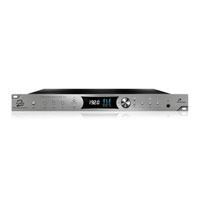
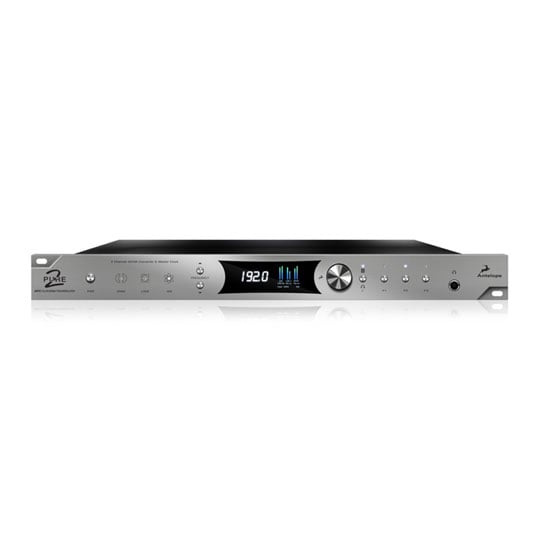
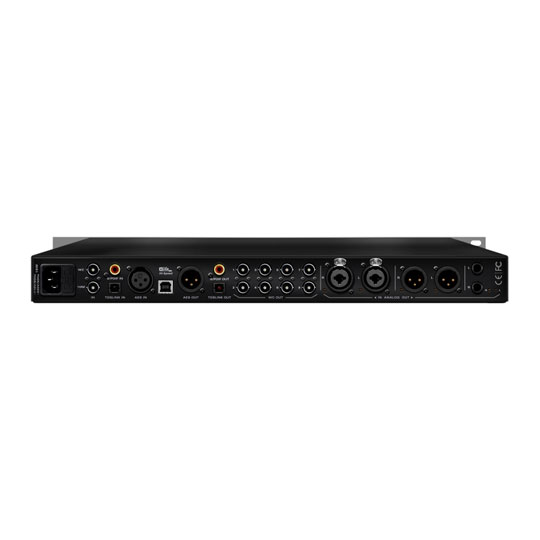
 Antelope Audio Pure 2 Mastering-Grade AD/DA, Stereo Converter & Master Clock with Dual DAC Architecture
LN71298
No customer review£2,169.00Free delivery on your entire basketPre order
Antelope Audio Pure 2 Mastering-Grade AD/DA, Stereo Converter & Master Clock with Dual DAC Architecture
LN71298
No customer review£2,169.00Free delivery on your entire basketPre order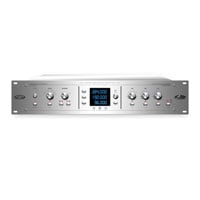
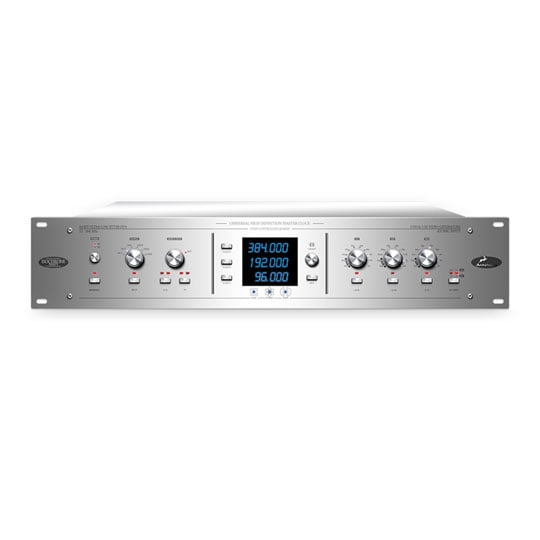
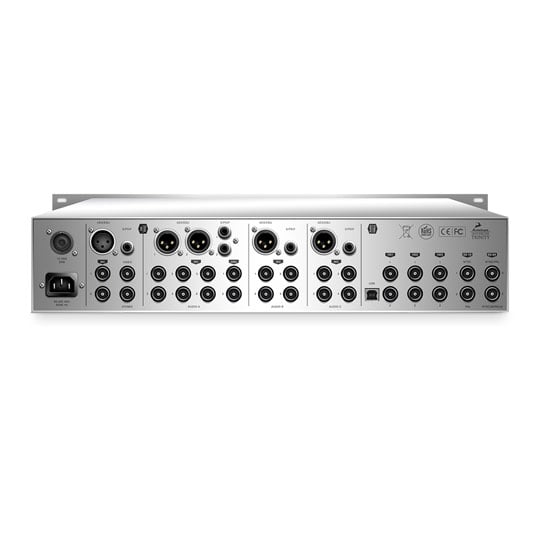
 Antelope Audio TRINITY Professional Grade Universal High Definition Master Clock, HD and SD Video BNC
LN71588
No customer review£2,735.00Free delivery on your entire basketPre order
Antelope Audio TRINITY Professional Grade Universal High Definition Master Clock, HD and SD Video BNC
LN71588
No customer review£2,735.00Free delivery on your entire basketPre order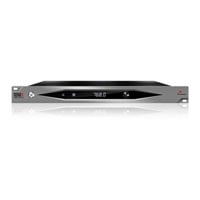
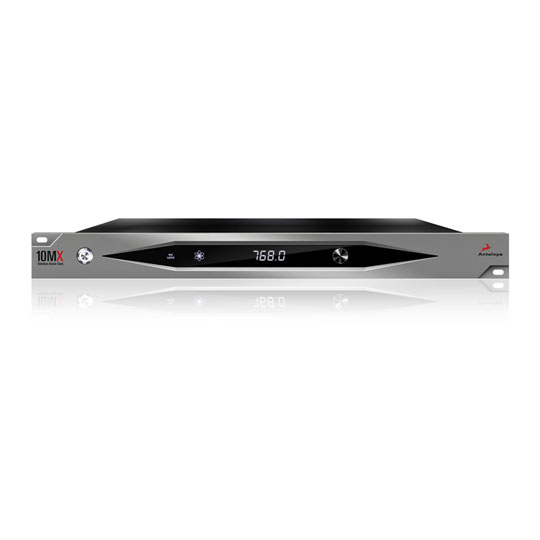
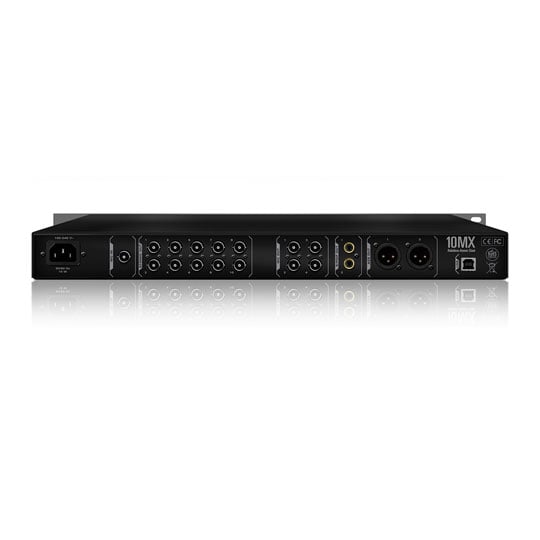
 Antelope Audio 10MX Professional Grade Rubidium Atomic Clock, 10x 10 MHz Atomic Reference, 4x Wordclock Out, 2x SPDIF
LN71589
No customer review£5,444.00Free delivery on your entire basketPre order
Antelope Audio 10MX Professional Grade Rubidium Atomic Clock, 10x 10 MHz Atomic Reference, 4x Wordclock Out, 2x SPDIF
LN71589
No customer review£5,444.00Free delivery on your entire basketPre order
Large Diaphragm Condenser Microphones
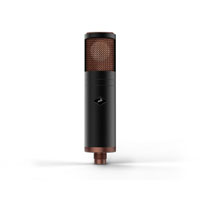
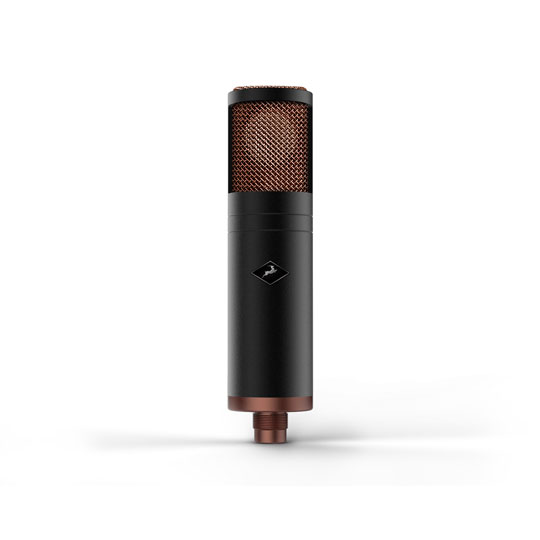
 Antelope Edge Duo Large Diaphragm Condenser Modeling Microphone, Multiple Polar Patterns, 20Hz - 20kHz
LN85015
No customer review£785.00Free delivery on your entire basket
Antelope Edge Duo Large Diaphragm Condenser Modeling Microphone, Multiple Polar Patterns, 20Hz - 20kHz
LN85015
No customer review£785.00Free delivery on your entire basket
Pre-Amplifiers
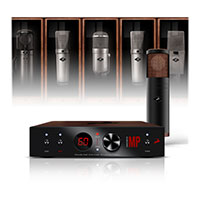
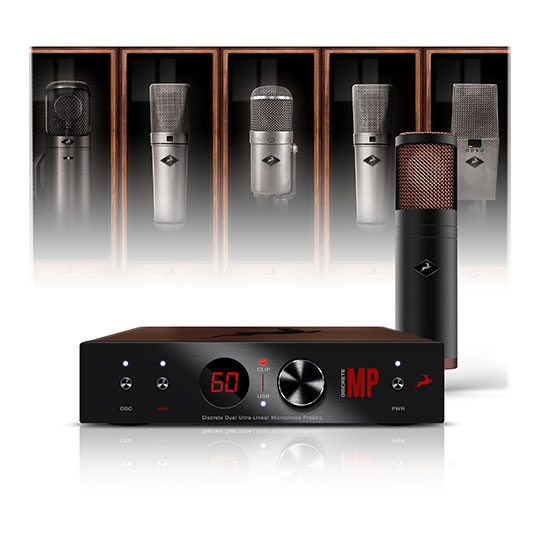
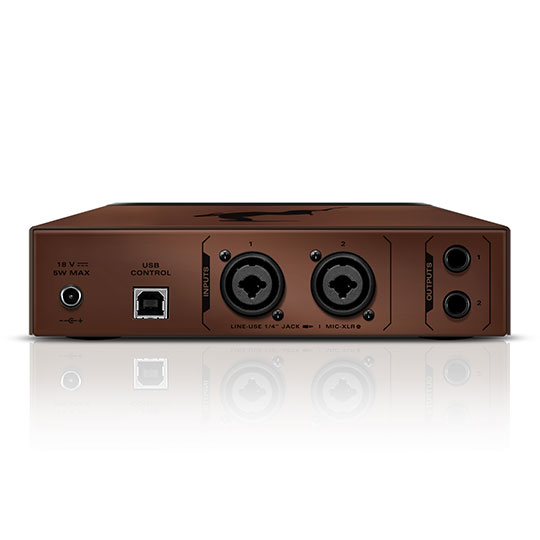
 Antelope Edge Strip - Modeling Microphone and Ultra-Linear Mic Preamp With Native AFX Modeling Plug-Ins
LN89665
No customer review£928.00Free delivery on your entire basket
Antelope Edge Strip - Modeling Microphone and Ultra-Linear Mic Preamp With Native AFX Modeling Plug-Ins
LN89665
No customer review£928.00Free delivery on your entire basket
Small Diaphragm Condenser Microphones
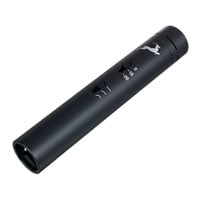
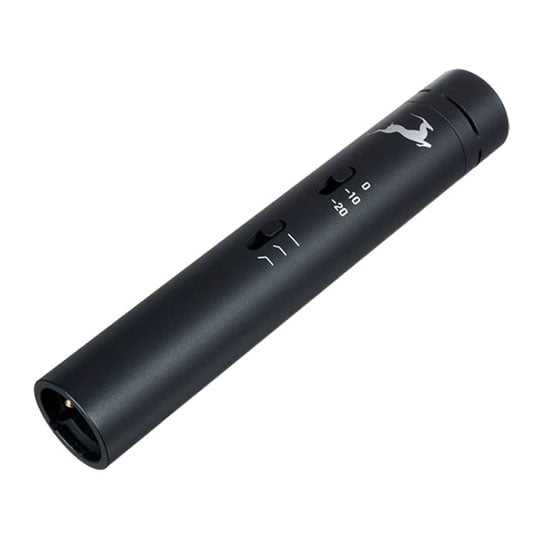
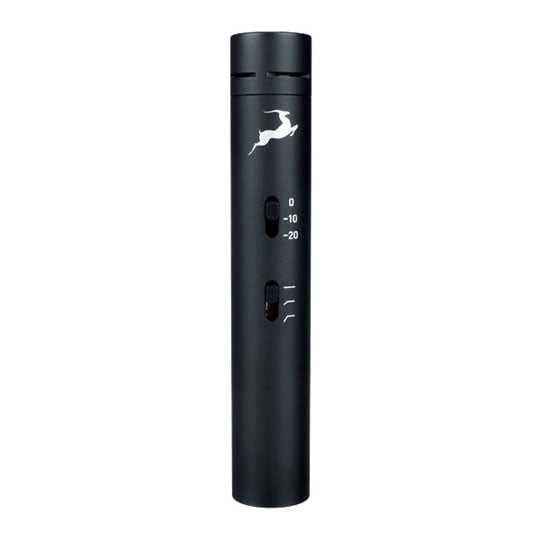
 (Open Box) Antelope Audio - Edge Note Emulation Microphone with 13 Emulations, 146dB Max SPL, -10db & -20dB Pad
LN163947
No customer review£109.00£5.48 Next day delivery
(Open Box) Antelope Audio - Edge Note Emulation Microphone with 13 Emulations, 146dB Max SPL, -10db & -20dB Pad
LN163947
No customer review£109.00£5.48 Next day delivery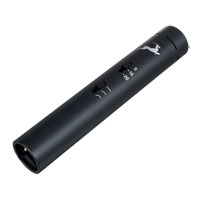
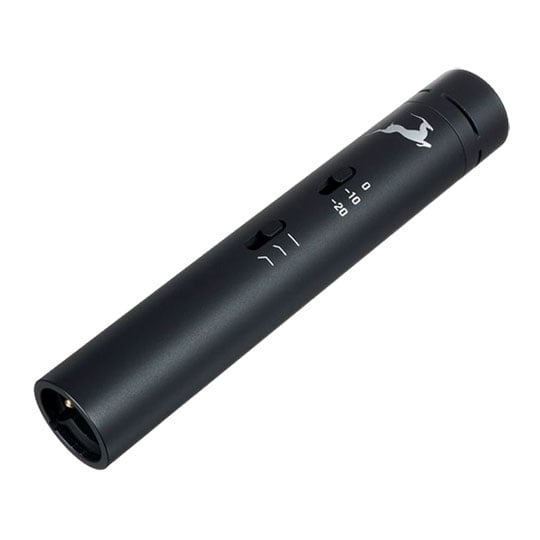
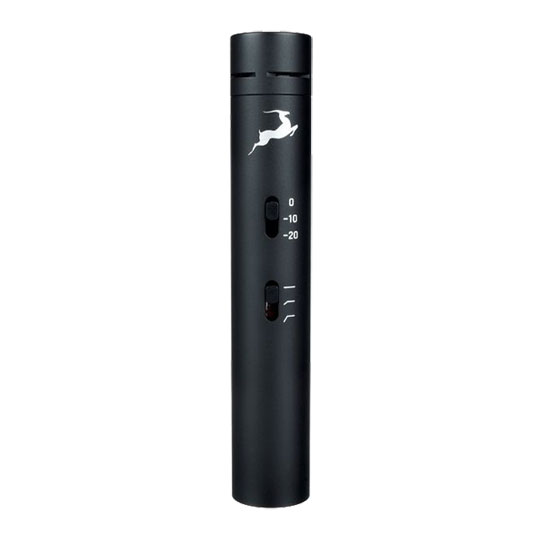
 Antelope Audio - Edge Note Emulation Microphone with 13 Emulations, 146dB Max SPL, -10db & -20dB Pad
LN131813
No customer review£119.00Free delivery on your entire basket
Antelope Audio - Edge Note Emulation Microphone with 13 Emulations, 146dB Max SPL, -10db & -20dB Pad
LN131813
No customer review£119.00Free delivery on your entire basket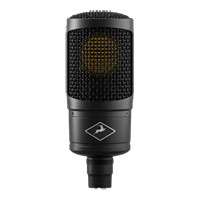
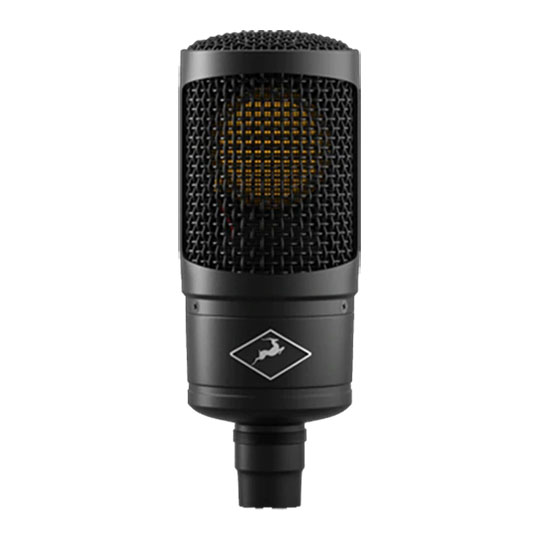
 Antelope Audio Edge Solo Single Capsule LD 48v Powered Modeling Microphone
LN124177
No customer review£260.00Free delivery on your entire basket
Antelope Audio Edge Solo Single Capsule LD 48v Powered Modeling Microphone
LN124177
No customer review£260.00Free delivery on your entire basket
Studio Monitor Controllers
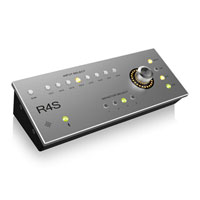
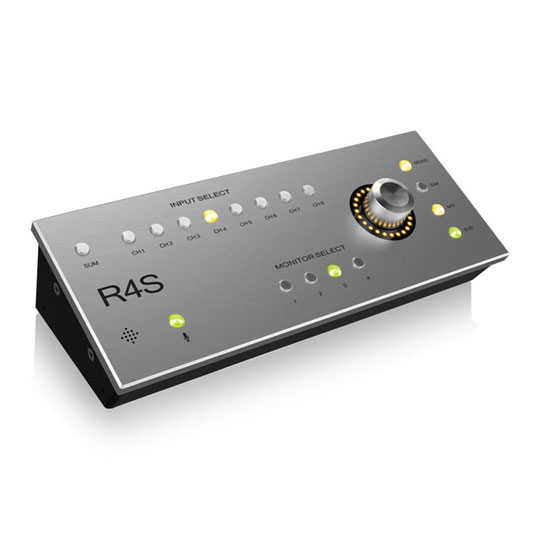
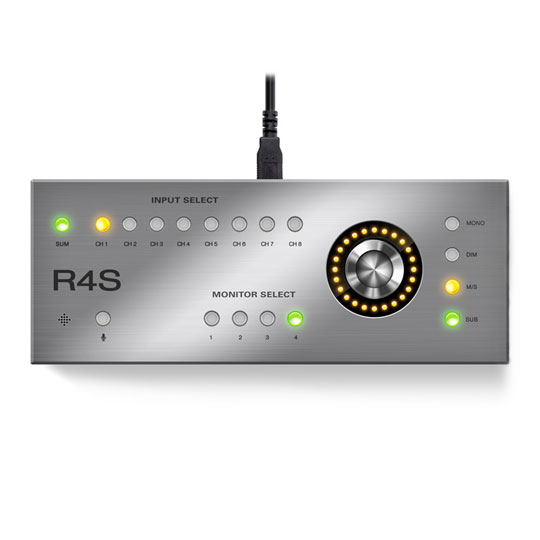
 Antelope Audio R4S Remote Control for Satori High End Monitoring Controller
LN71295
No customer review£259.00Free delivery on your entire basketPre order
Antelope Audio R4S Remote Control for Satori High End Monitoring Controller
LN71295
No customer review£259.00Free delivery on your entire basketPre order
Thunderbolt Audio Interfaces
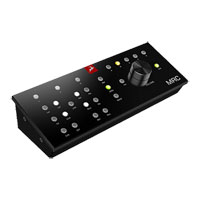
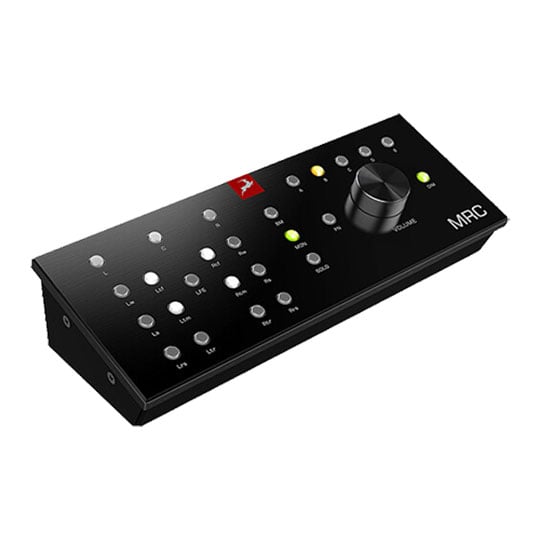
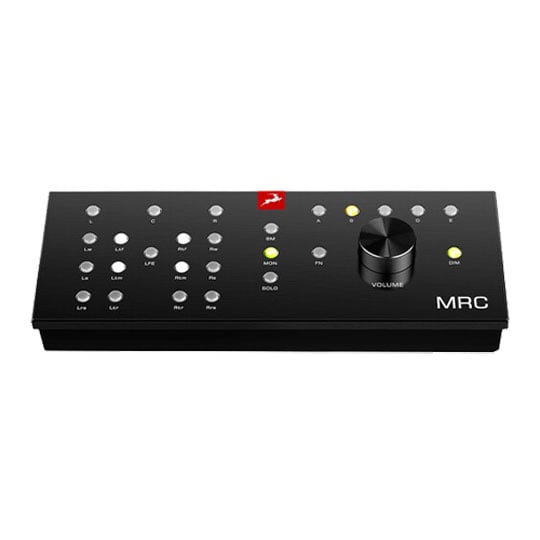
 Antelope MRC Multichannel Remote Controller for Galaxy 32 / 64 Synergy Core + Orion 32+ Gen 4
LN136470
No customer review£599.00Free delivery on your entire basket
Antelope MRC Multichannel Remote Controller for Galaxy 32 / 64 Synergy Core + Orion 32+ Gen 4
LN136470
No customer review£599.00Free delivery on your entire basket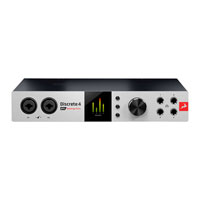
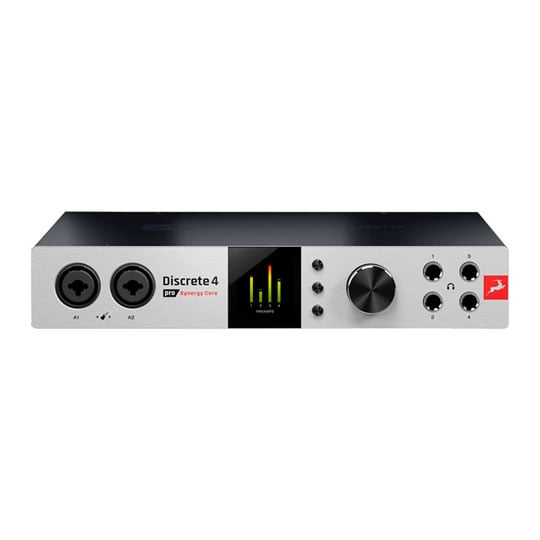
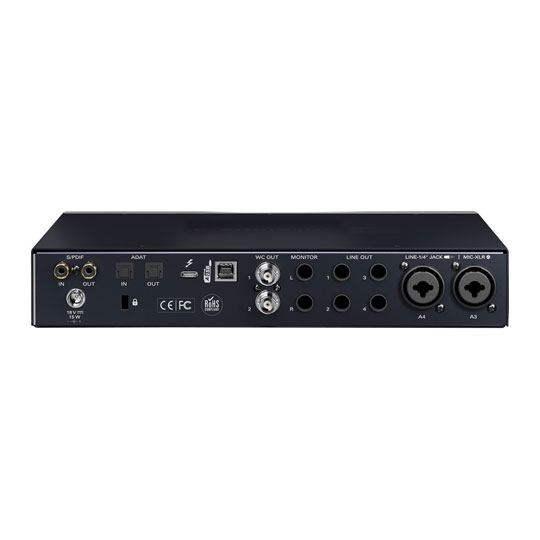
 (Open Box) Antelope Discrete 4 Pro Synergy Core - 4x10,Desktop TB 3 & USB 2, 1 FPGA and 2 DSP
LN148345
No customer review£672.00Free delivery on your entire basket
(Open Box) Antelope Discrete 4 Pro Synergy Core - 4x10,Desktop TB 3 & USB 2, 1 FPGA and 2 DSP
LN148345
No customer review£672.00Free delivery on your entire basket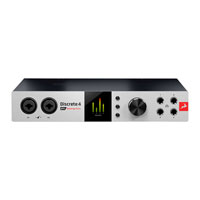
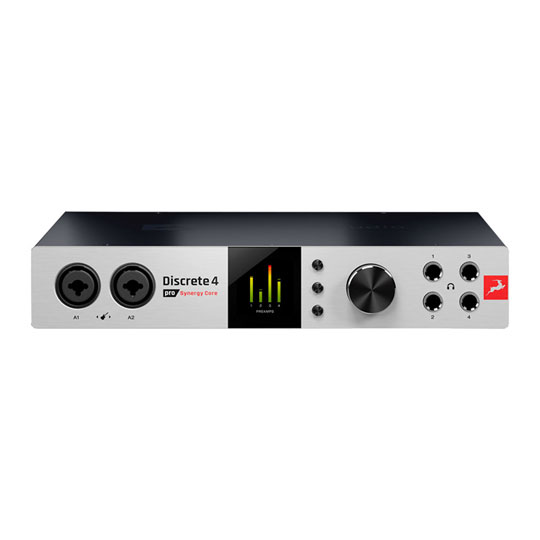
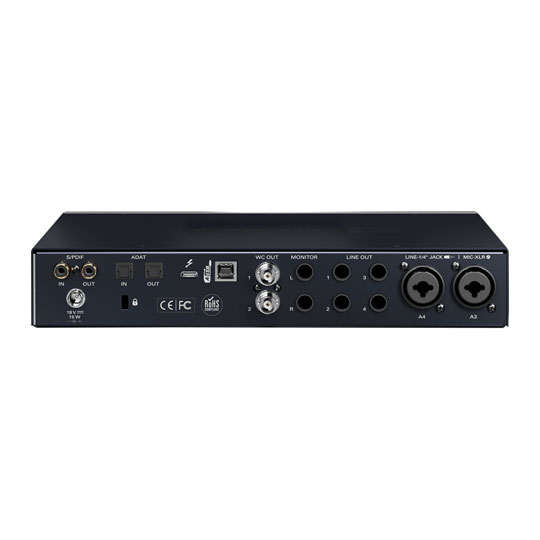
 Antelope Discrete 4 Pro Synergy Core - 4x10,Desktop TB 3 & USB 2, 1 FPGA and 2 DSP processors
LN134790
Customer Review £768.00Free delivery on your entire basketPre order
Antelope Discrete 4 Pro Synergy Core - 4x10,Desktop TB 3 & USB 2, 1 FPGA and 2 DSP processors
LN134790
Customer Review £768.00Free delivery on your entire basketPre order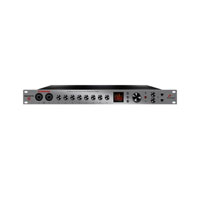
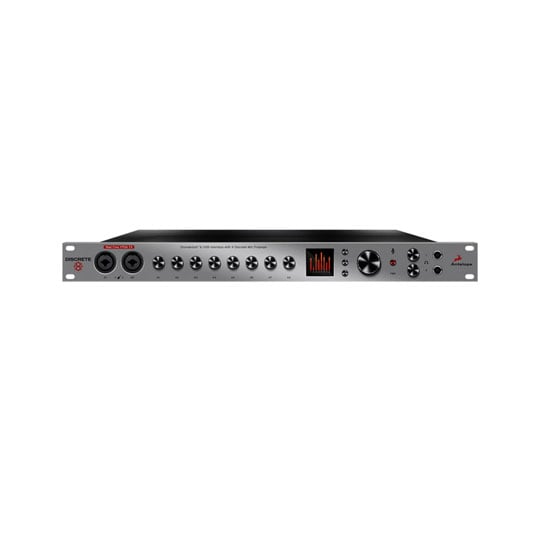
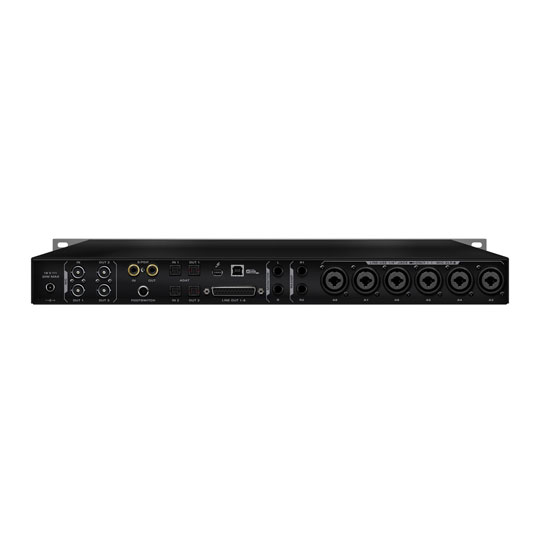
 (Open Box) Antelope Discrete 8 Console-Grade Microphone Preamp Interface - No Premium FX Pack (Sold Separately)
LN142794
No customer review£950.00Free delivery on your entire basket
(Open Box) Antelope Discrete 8 Console-Grade Microphone Preamp Interface - No Premium FX Pack (Sold Separately)
LN142794
No customer review£950.00Free delivery on your entire basket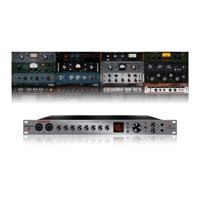
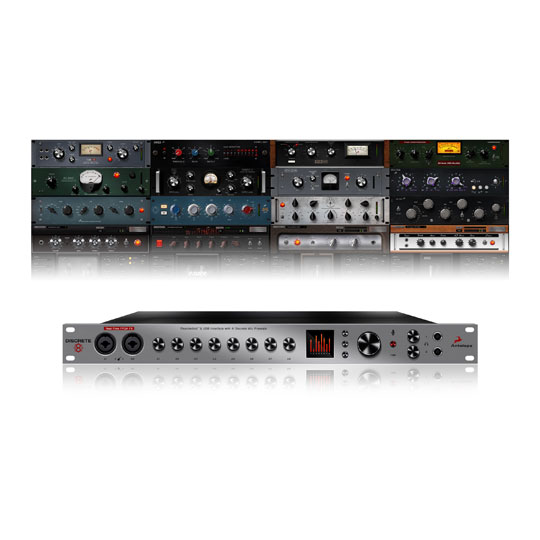
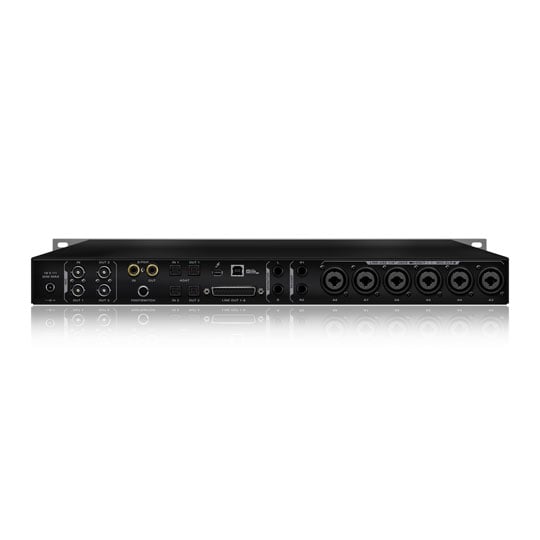
 Antelope Discrete 8 Console-Grade Microphone Preamp Interface With Premium FX, 8 Class A Mic Pres, Real-Time FPGA FX
LN85019
No customer review£999.00Free delivery on your entire basket
Antelope Discrete 8 Console-Grade Microphone Preamp Interface With Premium FX, 8 Class A Mic Pres, Real-Time FPGA FX
LN85019
No customer review£999.00Free delivery on your entire basket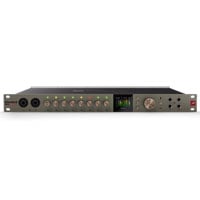
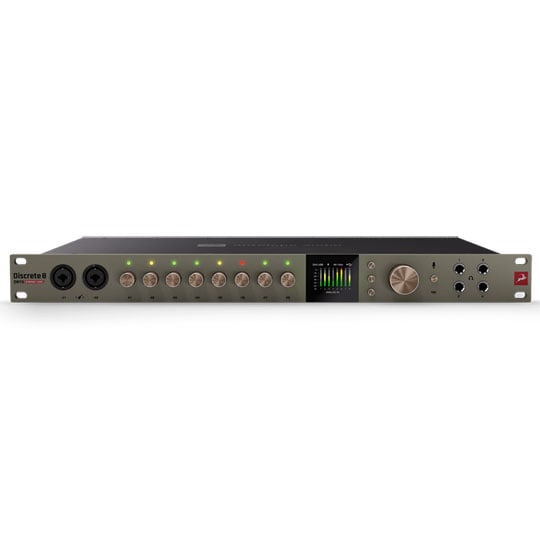
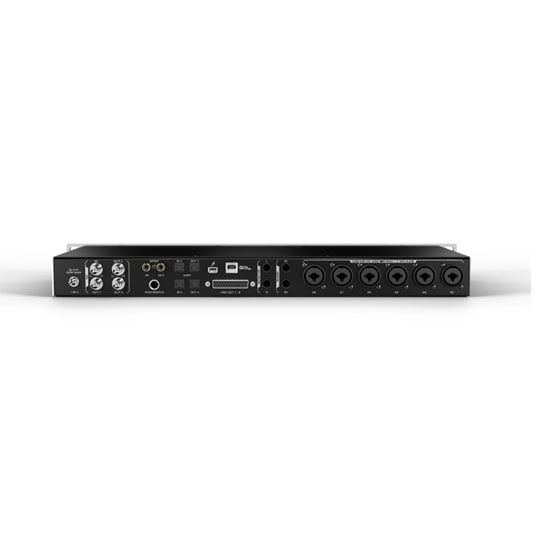
 Antelope - Discrete 8 Oryx Synergy Core, 26x38 USB-C Audio Interface with Synergy Core FX
LN166604
No customer review£1,099.00Free delivery on your entire basketPre order
Antelope - Discrete 8 Oryx Synergy Core, 26x38 USB-C Audio Interface with Synergy Core FX
LN166604
No customer review£1,099.00Free delivery on your entire basketPre order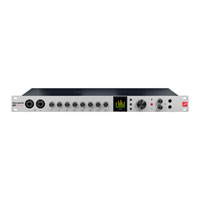
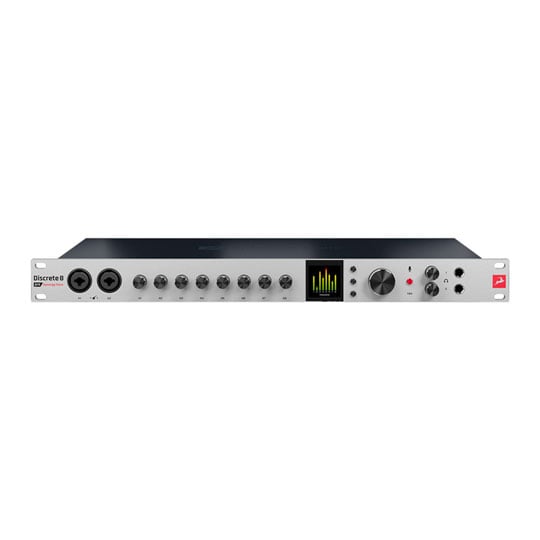
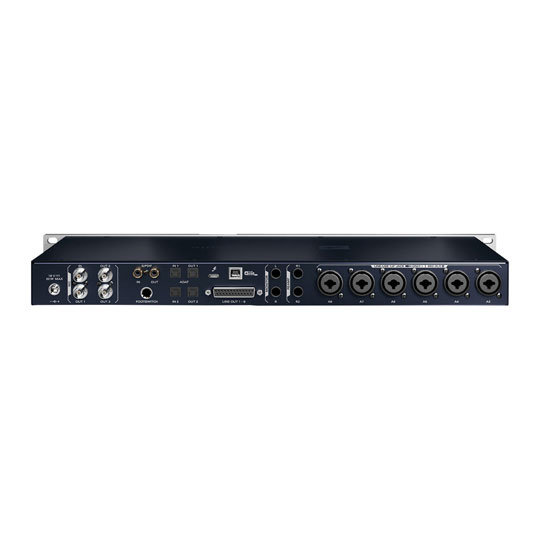
 Antelope Discrete 8 Pro Synergy Core - 8x14,Studio TB 3 & USB 2, 1 FPGA and 2 DSP processors
LN134791
No customer review£1,099.00Free delivery on your entire basket
Antelope Discrete 8 Pro Synergy Core - 8x14,Studio TB 3 & USB 2, 1 FPGA and 2 DSP processors
LN134791
No customer review£1,099.00Free delivery on your entire basket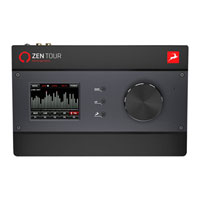
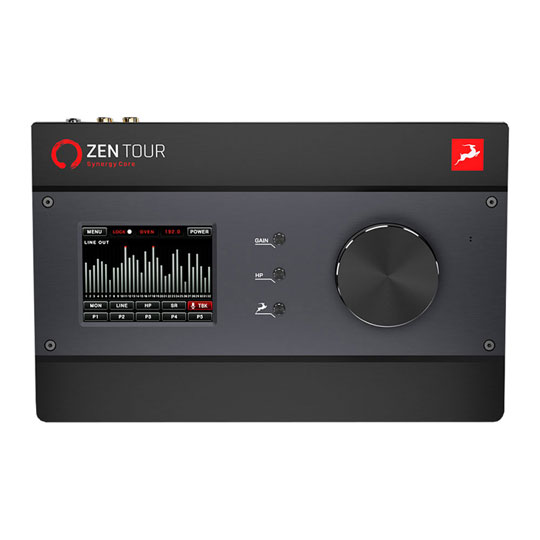
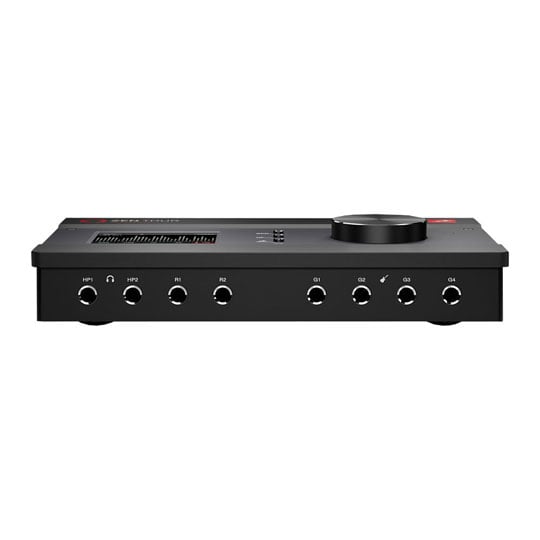
 Antelope Audio Zen Tour Synergy Core 192kHz, 64 Bit, 8 Analogue In, 14 Out, 4 x Mic Preamp, Thunderbolt, USB
LN104973
No customer review£1,217.00Free delivery on your entire basket
Antelope Audio Zen Tour Synergy Core 192kHz, 64 Bit, 8 Analogue In, 14 Out, 4 x Mic Preamp, Thunderbolt, USB
LN104973
No customer review£1,217.00Free delivery on your entire basket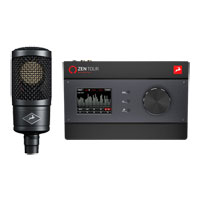
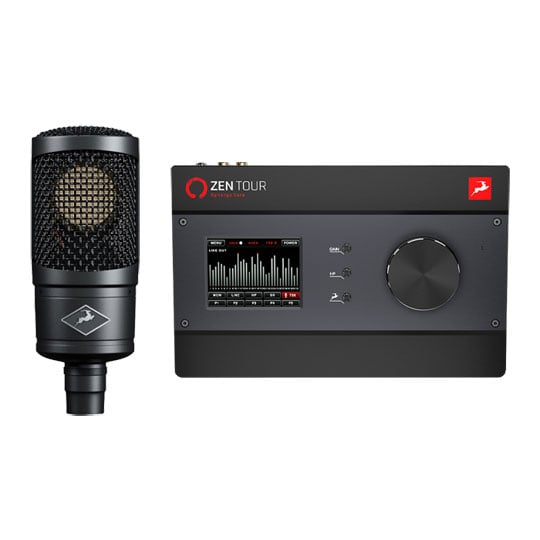
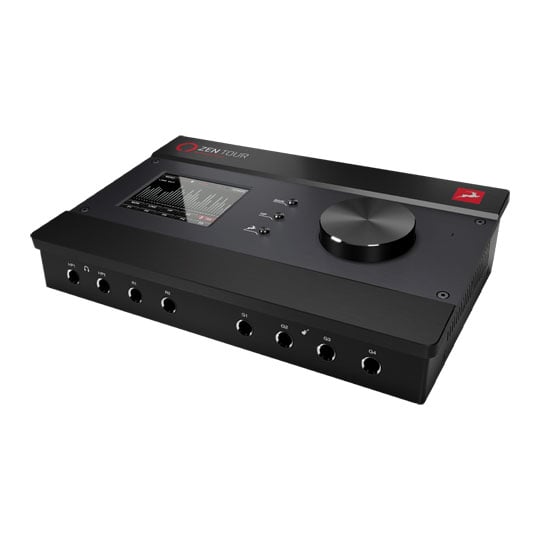
 Antelope Audio Zen Tour Synergy Core Interface, 192kHz, 64 Bit, 8 Analogue In, 14 Out + Free Edge Solo Microphone
LN120380
No customer review£1,620.00Free delivery on your entire basketPre order
Antelope Audio Zen Tour Synergy Core Interface, 192kHz, 64 Bit, 8 Analogue In, 14 Out + Free Edge Solo Microphone
LN120380
No customer review£1,620.00Free delivery on your entire basketPre order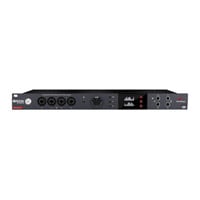
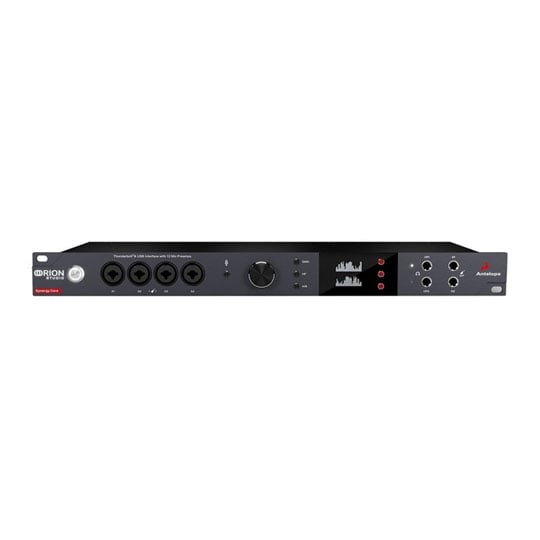
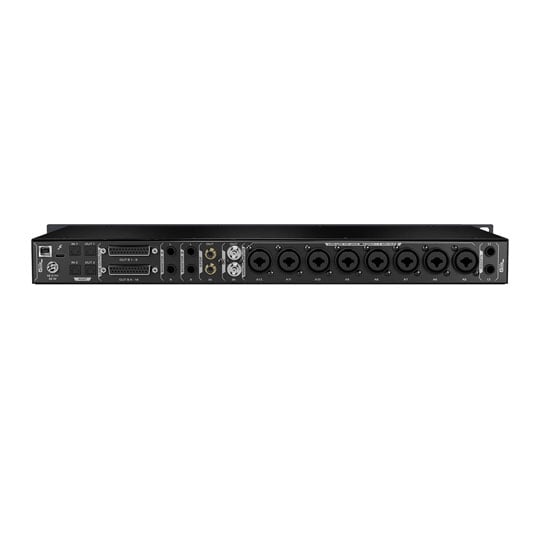
 (Open Box) Antelope Audio Orion Studio Synergy Core Thunderbolt 3 & USB Interface
LN166875
No customer review£1,999.00£5.48 Next day delivery
(Open Box) Antelope Audio Orion Studio Synergy Core Thunderbolt 3 & USB Interface
LN166875
No customer review£1,999.00£5.48 Next day delivery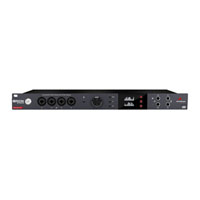
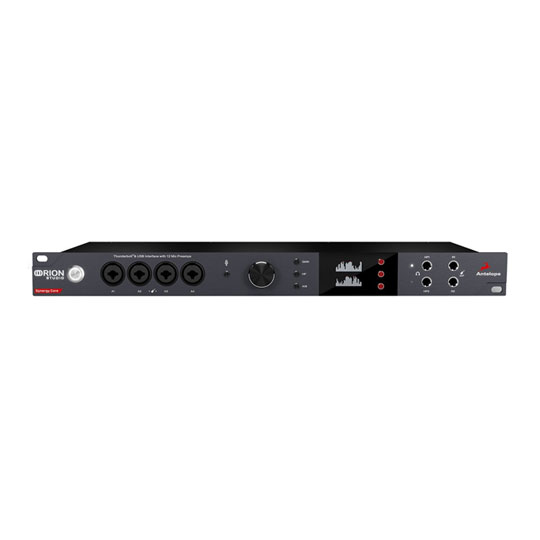
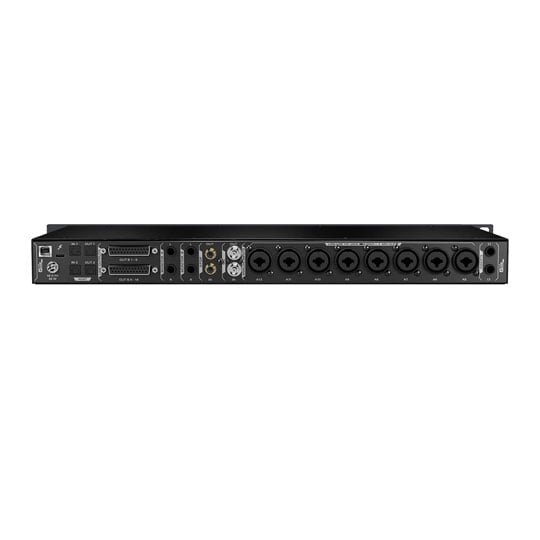
 Antelope Audio Orion Studio Synergy Core Thunderbolt 3 & USB Interface
LN101698
No customer review£2,299.00Free delivery on your entire basketPre order
Antelope Audio Orion Studio Synergy Core Thunderbolt 3 & USB Interface
LN101698
No customer review£2,299.00Free delivery on your entire basketPre order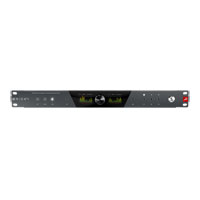
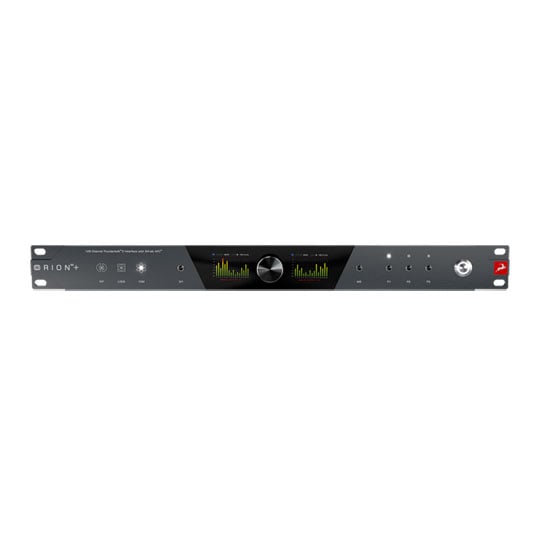
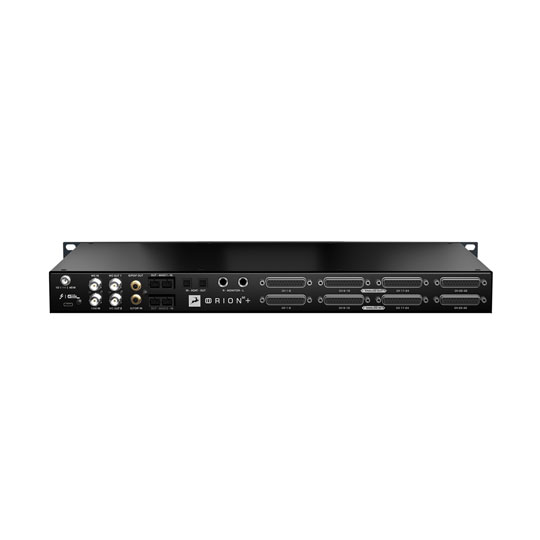
 Antelope Audio Orion 32+ Gen4 32x34 Audio Interface TB3 & USB
LN138884
No customer review£2,765.00Free delivery on your entire basket
Antelope Audio Orion 32+ Gen4 32x34 Audio Interface TB3 & USB
LN138884
No customer review£2,765.00Free delivery on your entire basket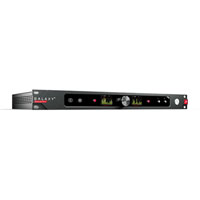
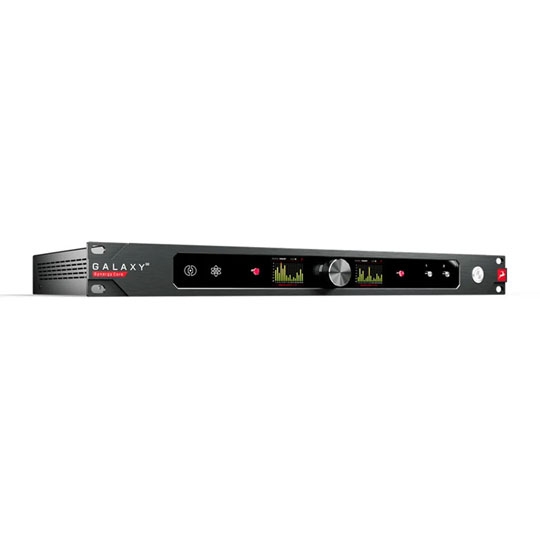
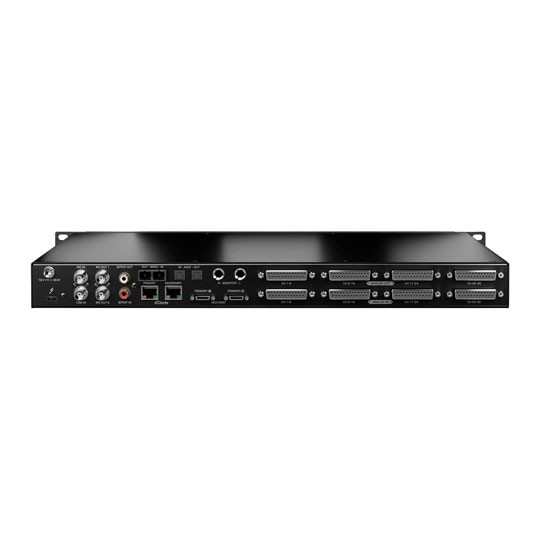
 Antelope Audio Galaxy 32 Synergy Core, Rackmount 32-Channel AD/DA Dante/HDX/Thunderbolt 3 Audio Interface
LN117454
No customer review£3,795.00Free delivery on your entire basket
Antelope Audio Galaxy 32 Synergy Core, Rackmount 32-Channel AD/DA Dante/HDX/Thunderbolt 3 Audio Interface
LN117454
No customer review£3,795.00Free delivery on your entire basket
USB Audio Interfaces
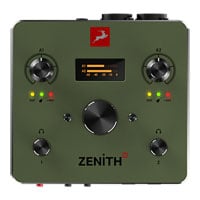
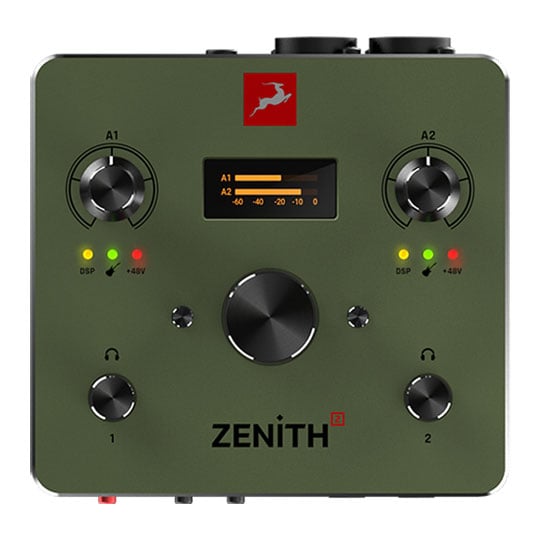
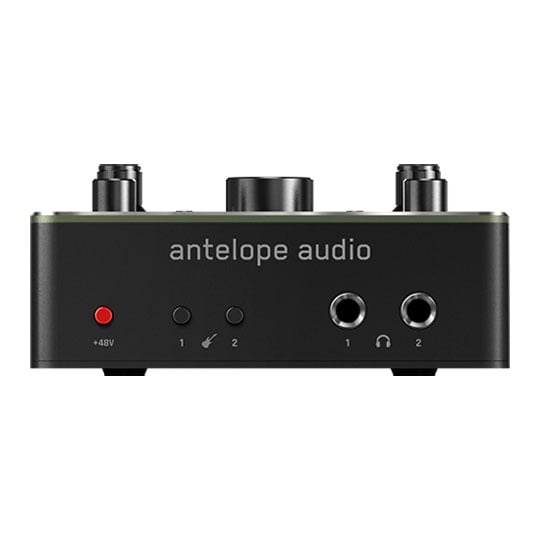
 Antelope - Zenith 2, 2x2 USB-C Audio Interface, 2 x Fully Discrete 6-transistor Preamps with 75 dB Gain, Built-in DSP
LN166166
No customer review£255.00Free delivery on your entire basketPre order
Antelope - Zenith 2, 2x2 USB-C Audio Interface, 2 x Fully Discrete 6-transistor Preamps with 75 dB Gain, Built-in DSP
LN166166
No customer review£255.00Free delivery on your entire basketPre order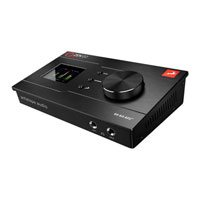
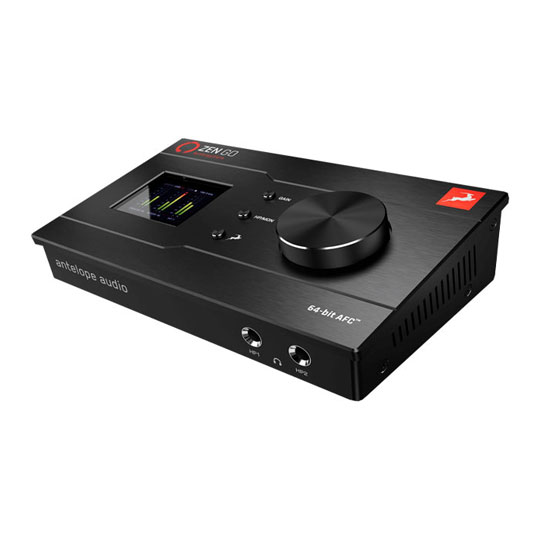
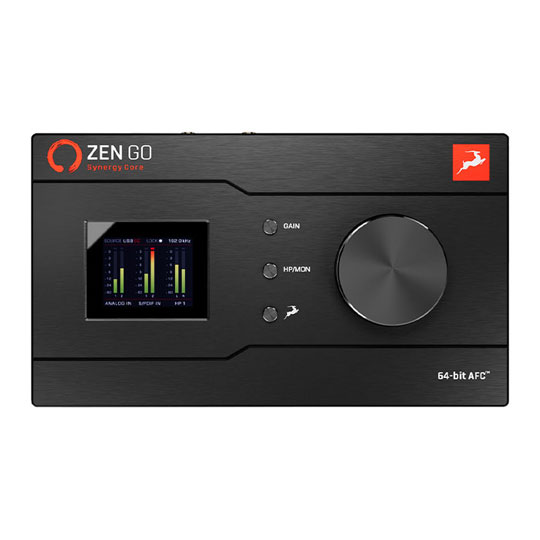
 (Open Box) Antelope Audio - 'Zen Go Synergy Core' 4 x 8 Bus-Powered USB-C Audio Interface, AD/DA Conversion, 64-Bit,
LN124297
Customer Review £335.48Free delivery on your entire basket
(Open Box) Antelope Audio - 'Zen Go Synergy Core' 4 x 8 Bus-Powered USB-C Audio Interface, AD/DA Conversion, 64-Bit,
LN124297
Customer Review £335.48Free delivery on your entire basket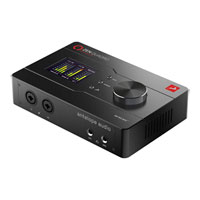
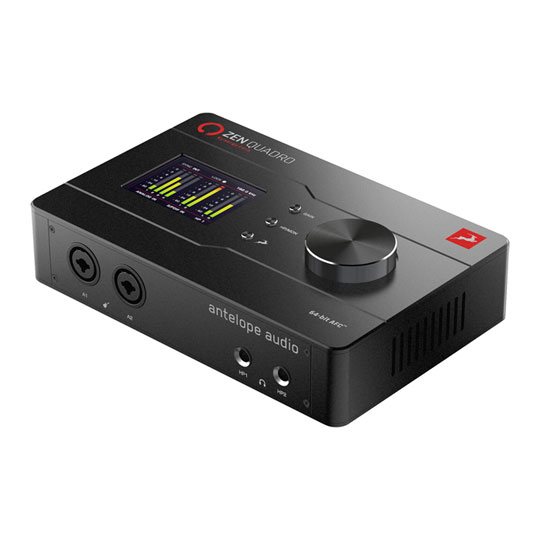
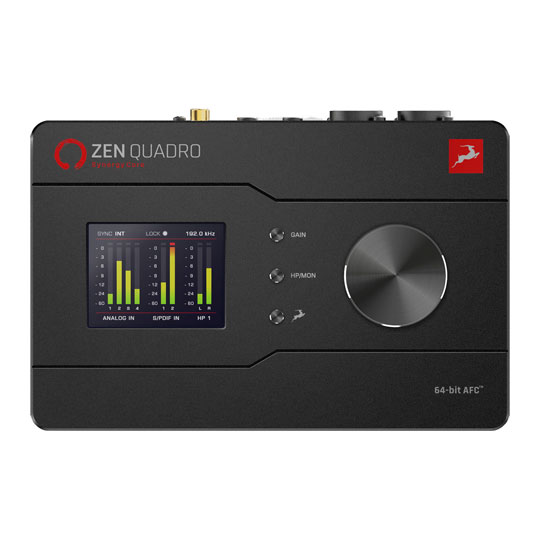
 Antelope Audio - Zen Quadro Synergy Core 14 x 10 Dual USB Powered Audio Interface
LN148216
Customer Review £499.00Free delivery on your entire basketPre order
Antelope Audio - Zen Quadro Synergy Core 14 x 10 Dual USB Powered Audio Interface
LN148216
Customer Review £499.00Free delivery on your entire basketPre order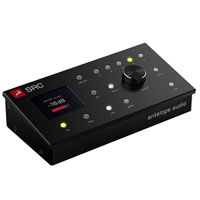
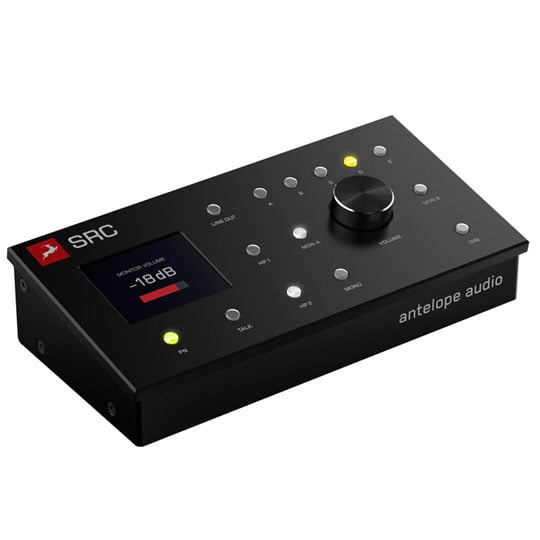
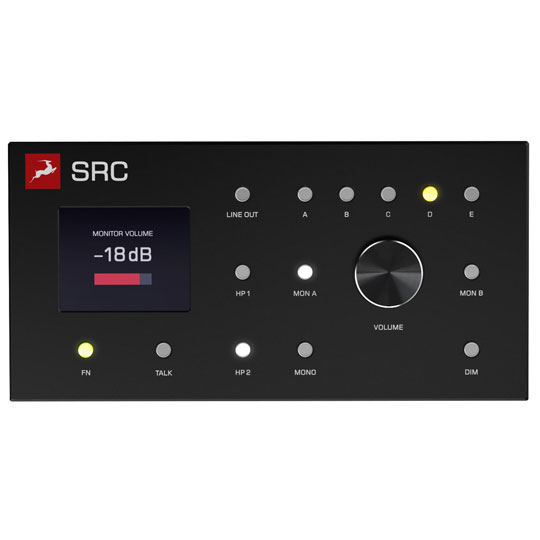
 Antelope - SRC, Remote Control for Orion Studio SC
LN164091
No customer review£526.00£5.48 Next day delivery
Antelope - SRC, Remote Control for Orion Studio SC
LN164091
No customer review£526.00£5.48 Next day delivery